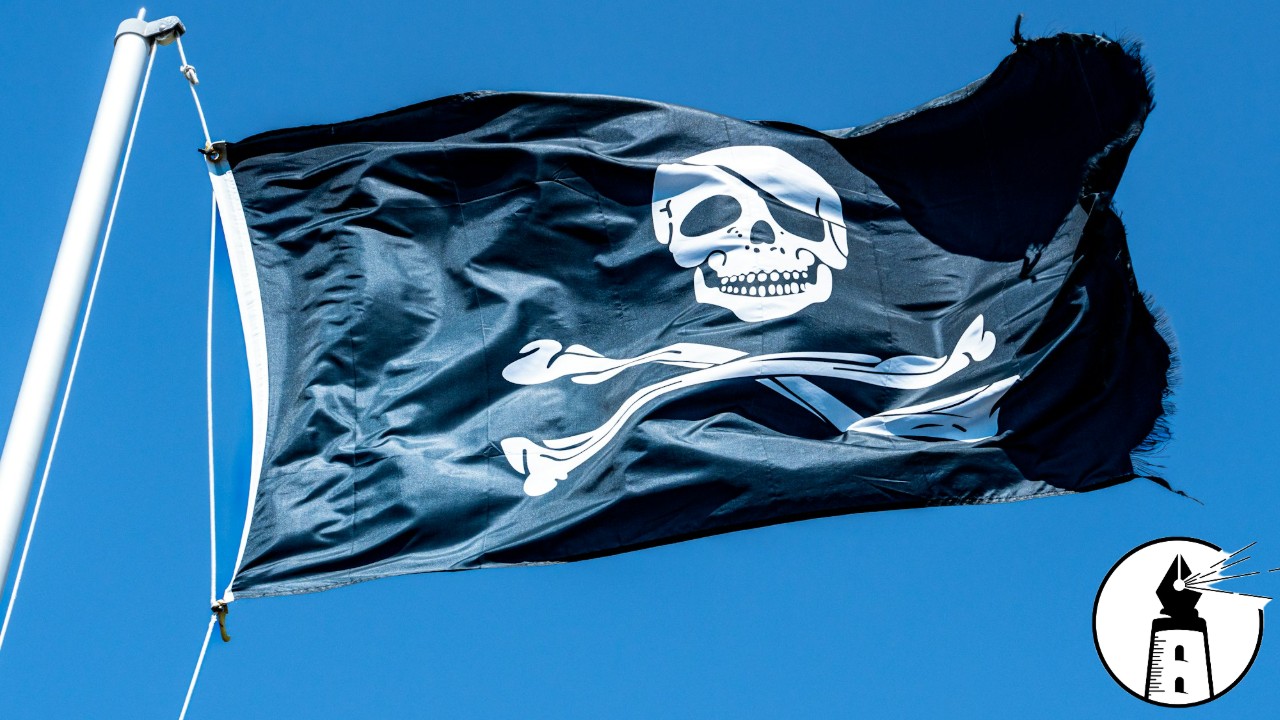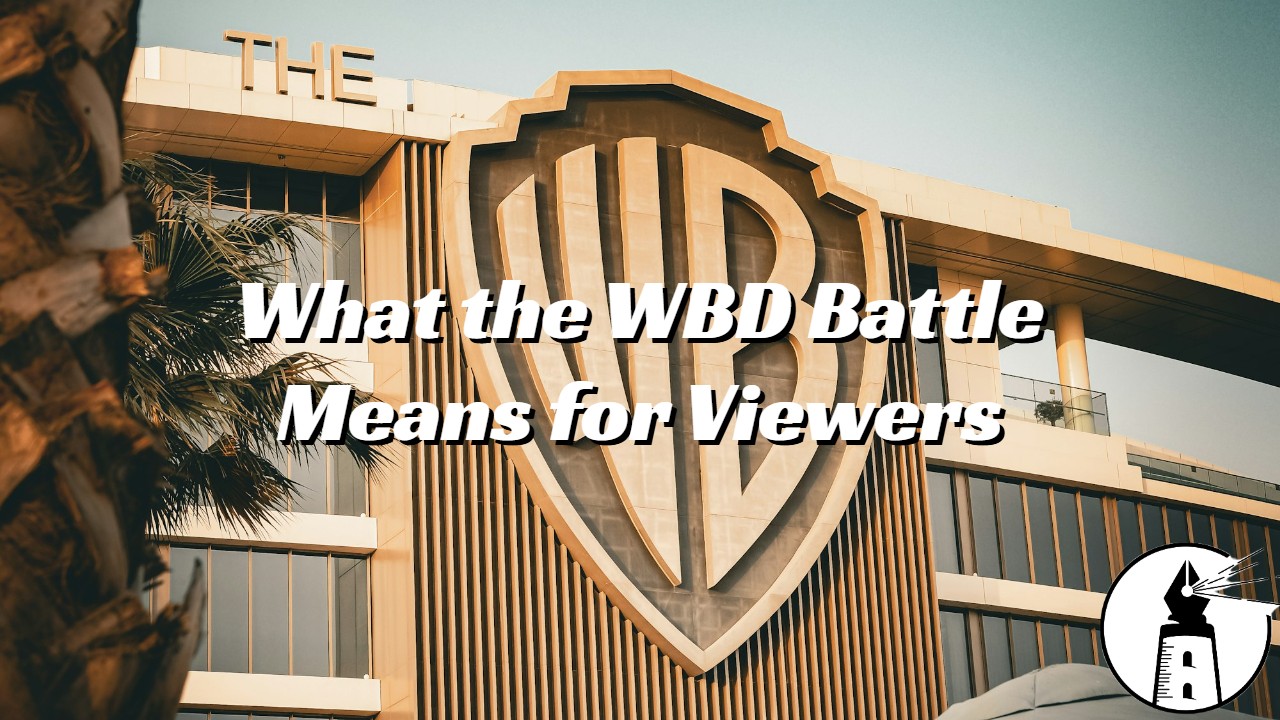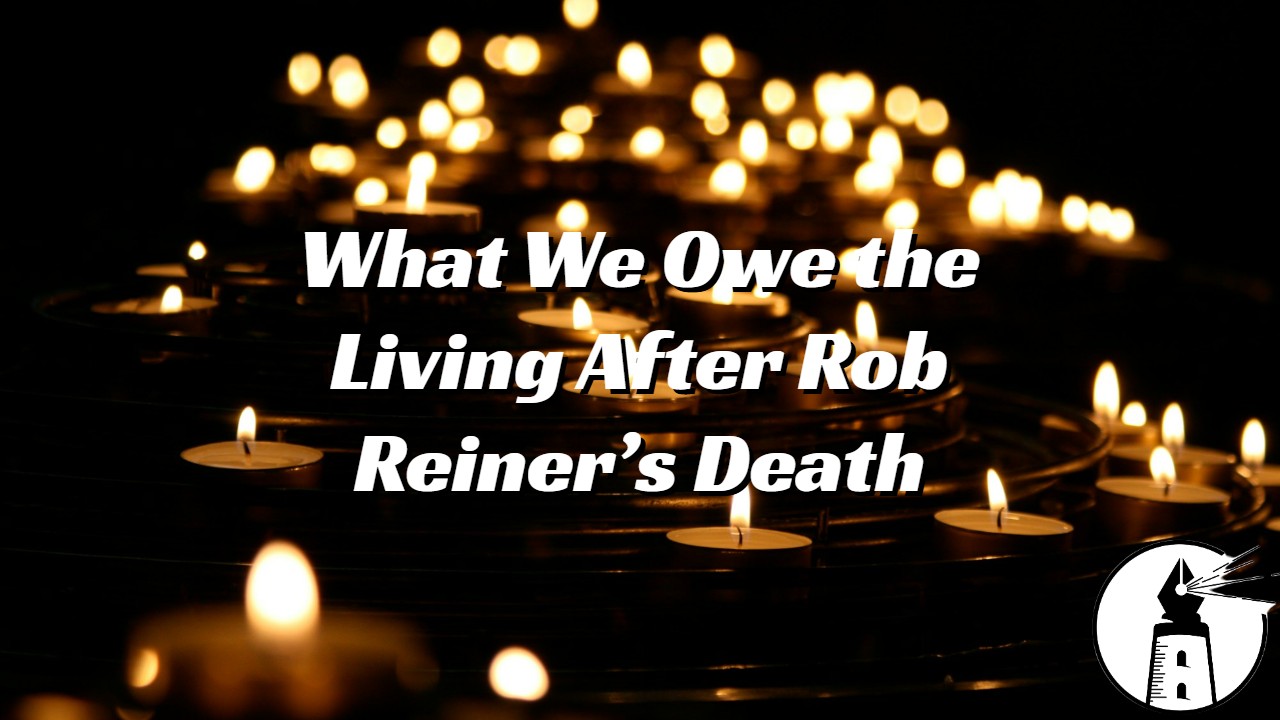In the early 2000s, piracy was the default path for many who wanted music, films, or television shows. Platforms like The Pirate Bay made nearly anything accessible with a few clicks, though often illegally. Over time, subscription services such as Spotify and Netflix transformed that culture. For a modest monthly fee, consumers could stream a vast library of content legally, conveniently, and with relatively little restriction. The rise of streaming coincided with a steep decline in piracy, suggesting that when access is simple and affordable, most people are willing to pay.
But more than a decade later, cracks are showing in the streaming model. Subscription costs have risen steadily, content is split across numerous competing platforms, and once ad-free experiences now come bundled with advertisements. Regional restrictions mean that even when consumers pay, they may not have access to certain titles. The frustration is compounded when beloved shows disappear entirely from legal platforms, leaving purchasing or renting through third parties as the only option. For many, the experience feels unnecessarily fragmented and costly.
Streaming services were once pitched as the antidote to cable companies. No more bloated bundles, hidden fees, or paying for channels you never watch. Yet today’s streaming landscape looks more and more like cable in disguise. Instead of one bloated bill, consumers juggle multiple subscriptions that together cost just as much, if not more. Add in advertising on top of the fees, and the industry begins to resemble the very system it promised to replace.
From the perspective of rights holders, piracy remains theft. Creators, actors, and production crews depend on licensing revenue, and unauthorized distribution undermines those earnings. Streaming services argue that their contracts are structured around limited rights and timeframes, meaning that no platform can guarantee permanent access to every title. Piracy, then, is not only illegal but also destabilizes an already fragile system in which profitability determines what content gets made and distributed.
On the other hand, consumers argue that modern streaming has eroded the very idea of ownership. Buying access to a film or series no longer guarantees permanence. Digital libraries can shrink overnight as titles vanish without warning. In that context, the question arises. If nothing is truly owned, is piracy really stealing? For many, piracy feels less like theft and more like reclaiming access to culture that is deliberately walled off.
There is also the service question. As Valve co-founder Gabe Newell noted more than a decade ago, piracy is rarely about price; it is about service. When platforms scatter titles across multiple walled gardens, raise costs, and insert advertisements into paid plans, they weaken the value proposition that once pulled audiences away from piracy. Piracy then becomes less an act of rebellion and more an act of convenience, filling gaps where legal services fail to deliver.
The resurgence of piracy in recent years reflects these tensions. While unlicensed streaming cannot be justified legally, it thrives because consumers feel boxed in by a system that is repeating the very flaws it promised to fix. Streaming was supposed to free audiences from the cable bundle, but instead it has recreated the bundle in fragmented form, with higher costs and less reliability.
Piracy is growing not because people refuse to pay, but because they feel the industry has broken its promise. If streaming companies want to keep viewers loyal, they may need to remember what made them attractive in the first place: affordability, convenience, and access without strings attached.
—By Greg Collier



